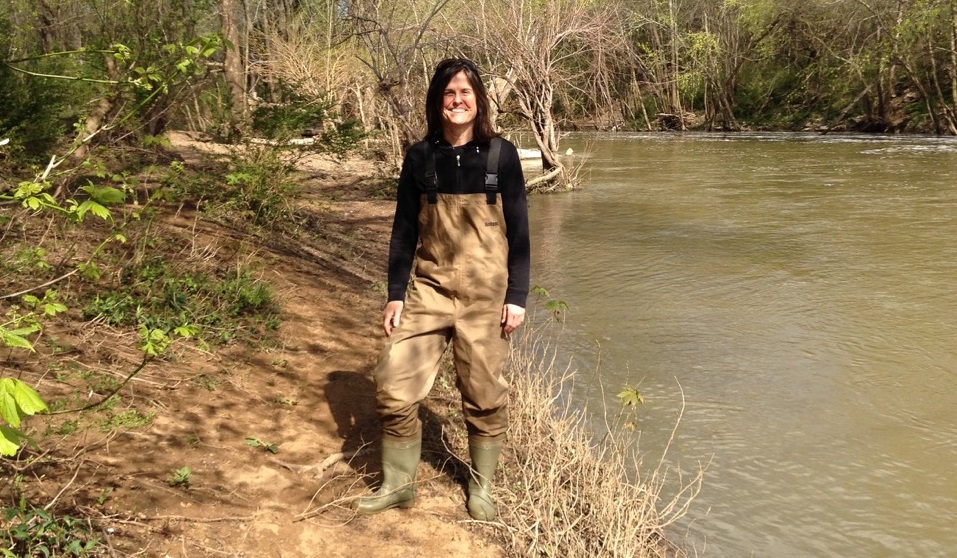How animals choose when to migrate, with whom to mate, or what to eat can have a huge impact on their ability to survive and reproduce, and thus, the evolution of their species. That’s why evolutionary biologists like Tamra Mendelson, associate professor of biological sciences at UMBC, want to learn more about decision-making processes in animals. But the existing literature doesn’t make it easy to compare studies or unravel the many steps between input and action.
Researchers use “a mish-mash of terms to describe cognition,” says Mendelson. One research team might say that a female fish can “discriminate” between green and red male fish, meaning she can detect a difference. Another team might report that an insect “discriminates” by choosing a mate who offers her a larger morsel of food. In that case, the “discrimination” is the choice that follows the detection of difference. Inconsistencies in terminology like this can lead to confusion and discourage collaboration across research areas.
Because most evolutionary biologists are not trained in the language of psychology, “We come up with our own language,” explains Mendelson, “We say, ‘We know what we mean,’ but do we?”
In her new opinion paper, published in Trends in Ecology and Evolution and funded by the National Evolutionary Synthesis Center, Mendelson and colleagues propose a solution to the imprecision of language in their field. They argue adopting it would improve communication between research teams and also our understanding of how animals make decisions. The team recommends employing the Judgment and Decision Making (JDM) Framework, a lexicon that psychologists have used for decades to describe the steps involved in human decision-making.
The framework differentiates between “judgments,” the process of gaining knowledge about the world, and “decisions,” the process of choosing what to do with that knowledge, and it precisely defines terms associated with each stage. Terms like “discrimination” and “recognition” are associated with judgment, while “preference” and “choice” are decision-related terms.
The JDM Framework emphasizes the actual components of cognition (how animals think) rather than the behavioral outcome (what they do after thinking). Breaking down the process of decision-making into its components opens up a whole new world of possible research questions. Using the framework could reveal previously undiscovered complexities in animal thought, and eventually guide researchers to the specific genes that contribute to different components of cognitive processes.
Better understanding how animals think could have important implications for how humans work with animals, such as informing wildlife conservation efforts. As Mendelson points out, “An animal’s first defense against climate change is behavior.” Based on how they think, some species may be better than others at adapting to a changing climate. The species that have more trouble adapting may need more of our attention.
Mendelson acknowledges understanding the animal mind is an uphill battle. “It’s cognition,” she says, “It’s very complicated.” But adopting a consistent vocabulary could speed research progress. The terms the field needs are out there, she says, “It’s a matter of matching them to consistent, precise meanings to improve communication in the field and across disciplines.”
Image: Mendelson at a research field site; courtesy Tamra Mendelson.




